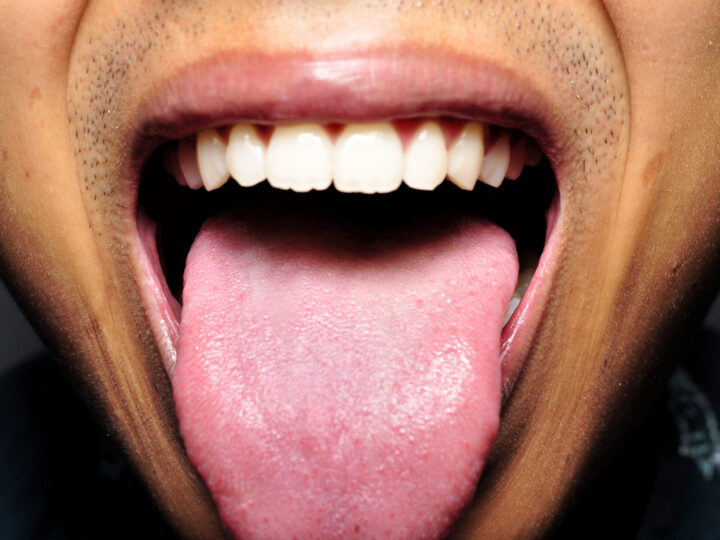UNVEILING THE WISDOM OF TCM
A Comprehensive Introduction
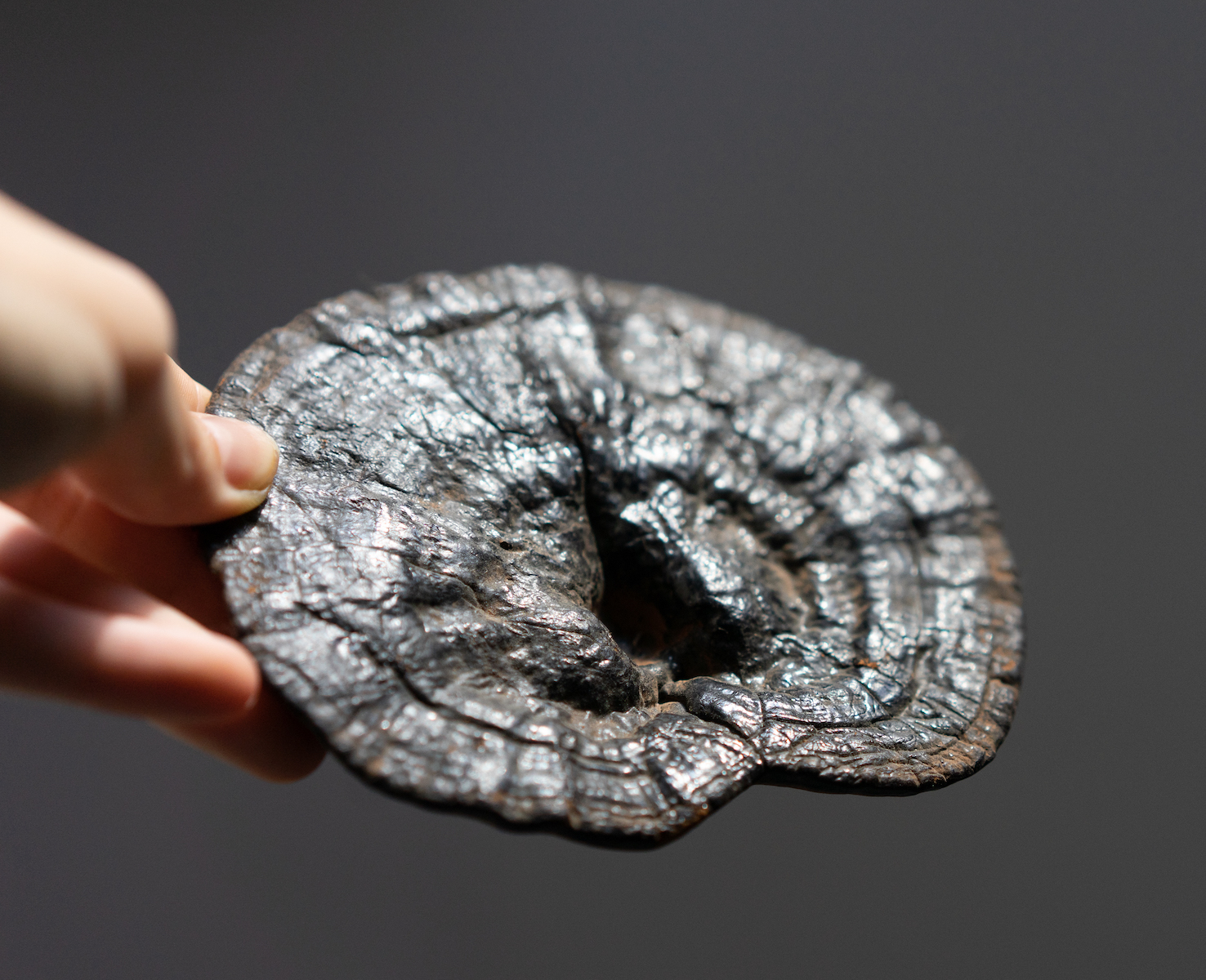
Traditional Chinese Medicine (TCM) is a holistic healing system that dates back thousands of years and has its roots in ancient China. Unlike Western medicine, which focuses on treating specific symptoms or diseases, TCM views the body as an interconnected whole, where balance and harmony are essential for overall health. This comprehensive approach involves various modalities, such as acupuncture, herbal medicine, diet therapy, and mind-body practices, all working together to promote well-being and prevent illness. In this blog, we will provide a brief overview of TCM, followed by an exploration of the top 10 most common herbal formulas used in TCM. Each formula will be outlined with its ingredients, administration, common uses, and the wisdom behind its effectiveness.
Understanding Traditional Chinese Medicine
Traditional Chinese Medicine is based on the concept of Qi (pronounced “chee”), the vital life force that flows through the body along energy pathways called meridians. According to TCM, illness and imbalances occur when the flow of Qi is disrupted or blocked. TCM practitioners seek to identify the root cause of health issues rather than merely treating symptoms. This is achieved through careful examination, pulse diagnosis, tongue analysis, and a detailed understanding of the patient’s overall well-being. By restoring the harmonious flow of Qi and balancing the body’s Yin and Yang energies, TCM aims to promote health, prevent illness, and address a wide range of conditions.
Top 10 Most Common Herbal Formulas in Traditional Chinese Medicine
- Yin Qiao San (Honeysuckle and Forsythia Powder)
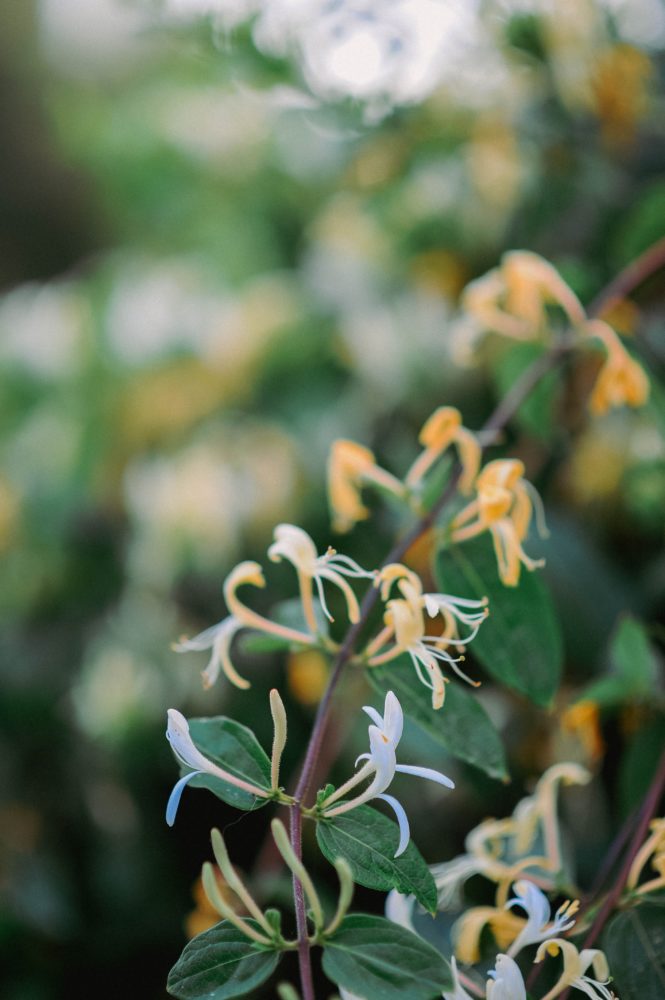 Ingredients: Jin Yin Hua (Honeysuckle flower), Lian Qiao (Forsythia fruit), Niu Bang Zi (Arctium fruit), Bo He (Peppermint), Jie Geng (Platycodon root), Dan Dou Chi (Prepared soybean), Jing Jie (Schizonepeta), Dan Zhu Ye (Lophatherum leaf), Lu Gen (Phragmites rhizome), and Gan Cao (Licorice root).
Ingredients: Jin Yin Hua (Honeysuckle flower), Lian Qiao (Forsythia fruit), Niu Bang Zi (Arctium fruit), Bo He (Peppermint), Jie Geng (Platycodon root), Dan Dou Chi (Prepared soybean), Jing Jie (Schizonepeta), Dan Zhu Ye (Lophatherum leaf), Lu Gen (Phragmites rhizome), and Gan Cao (Licorice root).
Administration: This formula is typically available in granules, powders, pills, or capsules. It can also be decocted into a tea.
Common Uses: Yin Qiao San is commonly used for early-stage colds and flu with symptoms such as sore throat, fever, headache, and a runny nose.
- Gui Pi Tang (Restore the Spleen Decoction)
Ingredients: Ren Shen (Ginseng root), Huang Qi (Astragalus root), Bai Zhu (White Atractylodes rhizome), Fu Ling (Poria fungus), Suan Zao Ren (Ziziphus jujuba seeds), Long Yan Rou (Longan fruit flesh), Dang Gui (Angelica sinensis root), Yuan Zhi (Polygala root), and Zhi Gan Cao (Honey-fried Licorice root).
Administration: Gui Pi Tang is typically available in the form of granules, powders, or decoction.
Common Uses: Gui Pi Tang is used to strengthen the Spleen and Heart, benefiting those with fatigue, insomnia, poor appetite, and anxiety.
- Si Wu Tang (Four Substances Decoction)
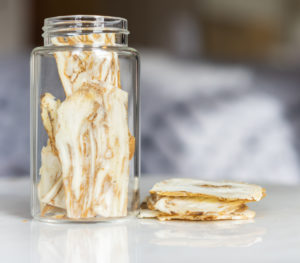 Ingredients: Dang Gui (Angelica sinensis root), Bai Shao (White Peony root), Chuan Xiong (Ligusticum chuanxiong rhizome), and Shu Di Huang (Rehmannia glutinosa root).
Ingredients: Dang Gui (Angelica sinensis root), Bai Shao (White Peony root), Chuan Xiong (Ligusticum chuanxiong rhizome), and Shu Di Huang (Rehmannia glutinosa root).
Administration: Si Wu Tang is usually prepared as a decoction or available in granules.
Common Uses: Si Wu Tang nourishes the Blood and regulates menstruation, making it beneficial for irregular periods, menstrual pain, and gynecological issues.
- Liu Wei Di Huang Wan (Six-Ingredient Pill with Rehmannia)
Ingredients: Shu Di Huang (Rehmannia glutinosa root), Shan Zhu Yu (Cornus fruit), Shan Yao (Chinese yam), Ze Xie (Alisma rhizome), Fu Ling (Poria fungus), and Mu Dan Pi (Tree peony root bark).
Administration: Liu Wei Di Huang Wan is commonly available in pill or tablet form.
Common Uses: This formula nourishes Yin and Kidney essence, making it useful for addressing symptoms of Yin deficiency, such as hot flashes, night sweats, and chronic lower back pain.
- Xiao Yao San (Free and Easy Wanderer)
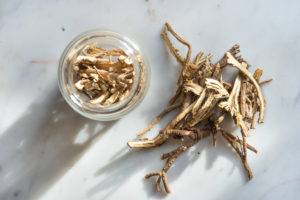
Ingredients: Chai Hu (Bupleurum root), Bai Shao (White Peony root), Dang Gui (Angelica sinensis root), Bai Zhu (White Atractylodes rhizome), Fu Ling (Poria fungus), Bo He (Peppermint), and Gan Cao (Licorice root).
Administration: Xiao Yao San is commonly available in granules, powders, or capsules.
Common Uses: This formula harmonizes Liver Qi and is often used to relieve stress, mood swings, premenstrual syndrome (PMS), and emotional imbalances.
- Ma Huang Tang (Ephedra Decoction)
Ingredients: Ma Huang (Ephedra stem), Gui Zhi (Cinnamon twig), Xing Ren (Apricot seed), and Gan Cao (Licorice root).
Administration: Ma Huang Tang is traditionally prepared as a decoction.
Common Uses: This formula is used to address external Wind-Cold invasions, making it beneficial for relieving symptoms of the common cold, including chills, fever, and body aches.
- Ban Xia Xie Xin Tang (Pinellia Decoction to Drain the Epigastrium)
Ingredients: Ban Xia (Pinellia rhizome), Huang Lian (Coptis rhizome), Huang Qin (Scutellaria baicalensis root), Ren Shen (Ginseng root), Da Zao (Jujube fruit), Gan Jiang (Dried ginger rhizome), and Zhi Gan Cao (Honey-fried Licorice root).
Administration: Ban Xia Xie Xin Tang is commonly available in the form of granules or powders.
Common Uses: This formula addresses symptoms of abdominal bloating, diarrhea, and discomfort related to a condition known as Damp-Heat in the Stomach.
- Ping Wei San (Calm the Stomach Powder)
 Ingredients: Cang Zhu (Atractylodes rhizome), Hou Po (Magnolia bark), Chen Pi (Tangerine peel), Gan Cao (Licorice root), and Ban Xia (Pinellia rhizome).
Ingredients: Cang Zhu (Atractylodes rhizome), Hou Po (Magnolia bark), Chen Pi (Tangerine peel), Gan Cao (Licorice root), and Ban Xia (Pinellia rhizome).
Administration: Ping Wei San is typically available in the form of granules or powders.
Common Uses: This formula helps strengthen the Spleen and Stomach, relieving symptoms of indigestion, bloating, and poor appetite.
- Jia Wei Xiao Yao San (Augmented Rambling Powder)
Ingredients: Chai Hu (Bupleurum root), Bai Shao (White Peony root), Dang Gui (Angelica sinensis root), Bai Zhu (White Atractylodes rhizome), Fu Ling (Poria fungus), Bo He (Peppermint), Gan Cao (Licorice root), and Mu Dan Pi (Tree peony root bark).
Administration: Jia Wei Xiao Yao San is typically available in granules, powders, or capsules.
Common Uses: This modified version of Xiao Yao San includes cooling herbs, making it suitable for treating Liver Qi stagnation with Heat, characterized by irritability and emotional imbalance.
- Gui Zhi Tang (Cinnamon Twig Decoction)
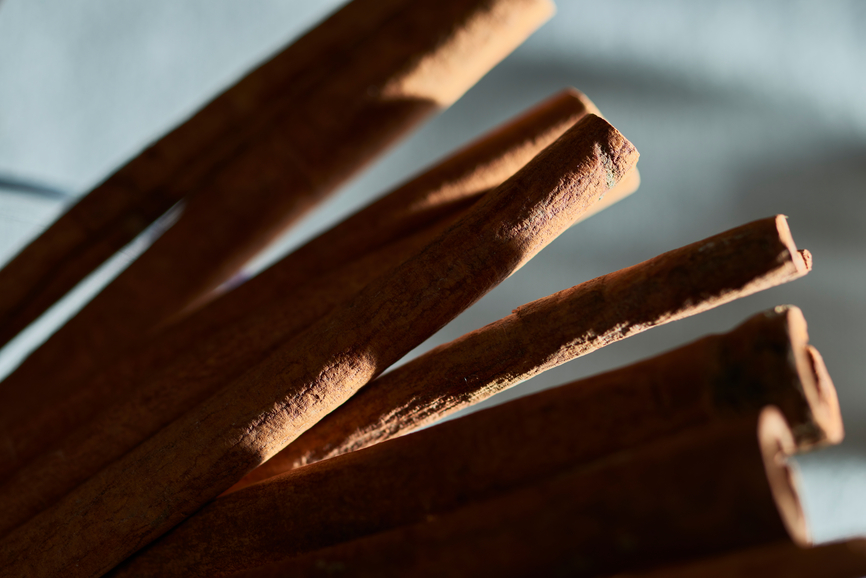 Ingredients: Gui Zhi (Cinnamon twig), Bai Shao (White Peony root), Sheng Jiang (Fresh ginger), Da Zao (Jujube fruit), and Zhi Gan Cao (Honey-fried Licorice root).
Ingredients: Gui Zhi (Cinnamon twig), Bai Shao (White Peony root), Sheng Jiang (Fresh ginger), Da Zao (Jujube fruit), and Zhi Gan Cao (Honey-fried Licorice root).
Administration: Gui Zhi Tang is commonly available in granules or powders.Common
Uses: Gui Zhi Tang is used to address Wind-Cold invasions with concurrent Qi and Blood deficiency, benefiting those experiencing chills, fever, headache, and a weak pulse.
Traditional Chinese Medicine is a profound healing system that recognizes the intricate connection between the body, mind, and spirit. By viewing health as a state of balance and harmony, TCM offers a holistic approach to well-being. The top 10 most common herbal formulas in TCM are just a glimpse into the vast array of remedies used to treat a wide range of health conditions. Each formula is meticulously crafted to address specific imbalances and restore the body’s natural equilibrium. Whether it’s harmonizing Liver Qi, nourishing Yin and Blood, clearing Heat and Dampness, or relieving external invasions, TCM’s herbal formulas carry a wealth of wisdom passed down through centuries.
It is essential to remember that TCM is a complex medical system that requires the expertise of qualified practitioners for accurate diagnosis and personalized treatment. While these herbal formulas have stood the test of time, the precise combination and dosage of herbs should be tailored to individual needs. By embracing the wisdom of Traditional Chinese Medicine and integrating its principles into our lives, we can foster overall well-being and embark on a journey towards vibrant health and harmony.
Newer
Eastern Medicine and the Brain
Older
Ways to Incorporate Helpful Eastern Medicine Herbs Into Your Cooking
Comments (0)
Leave a reply
You must be logged in to post a comment.



